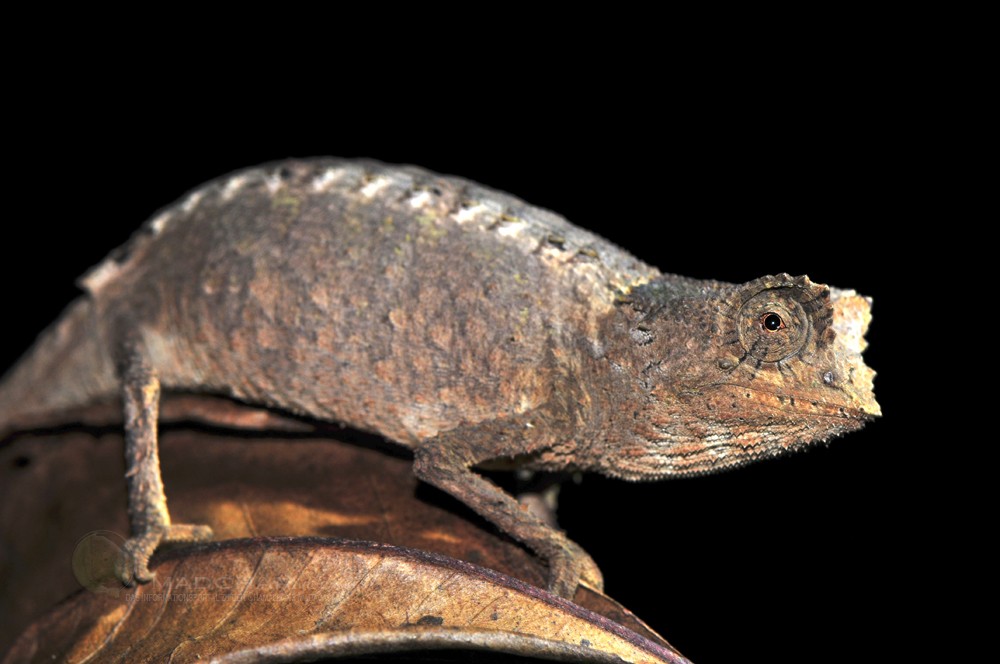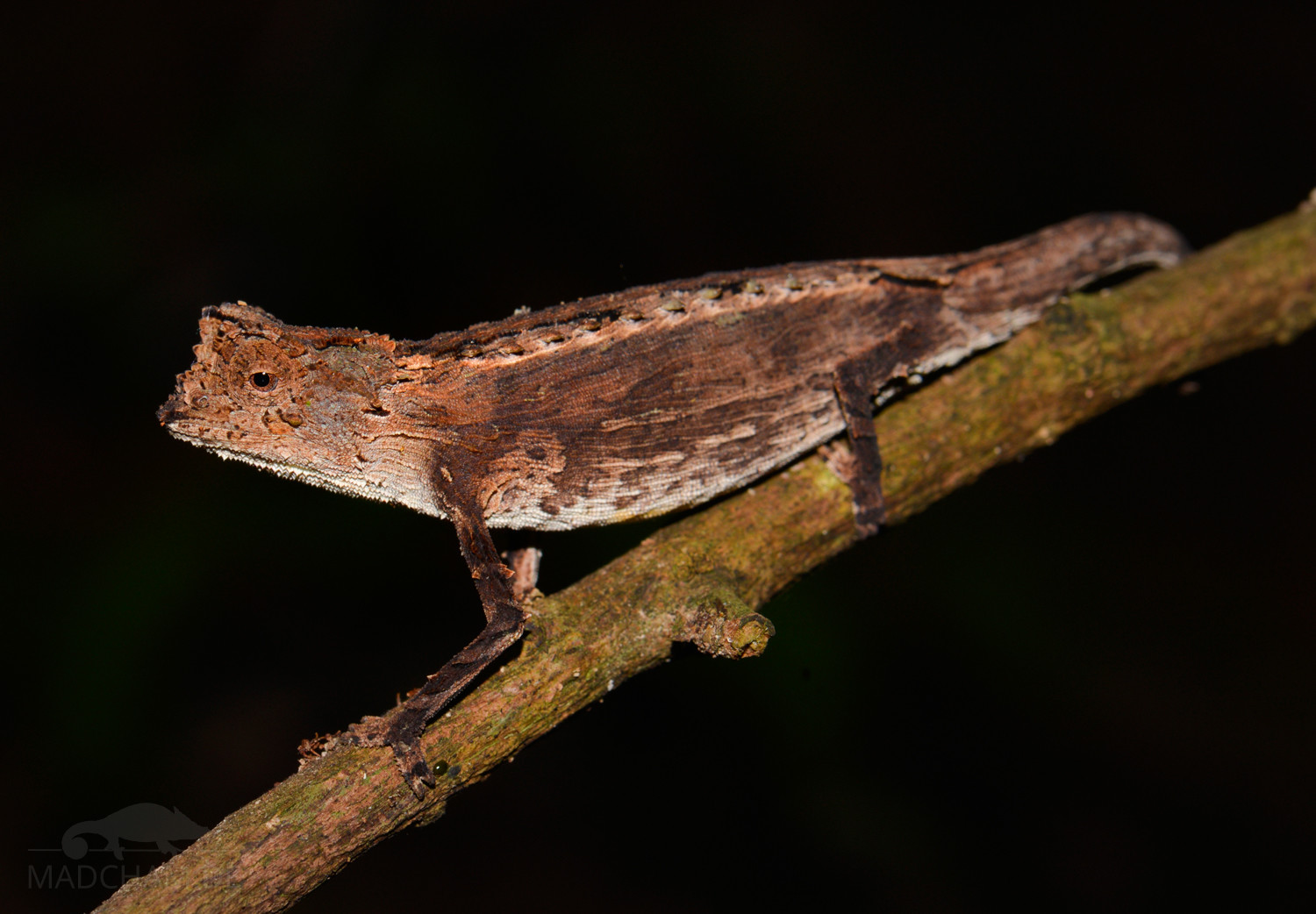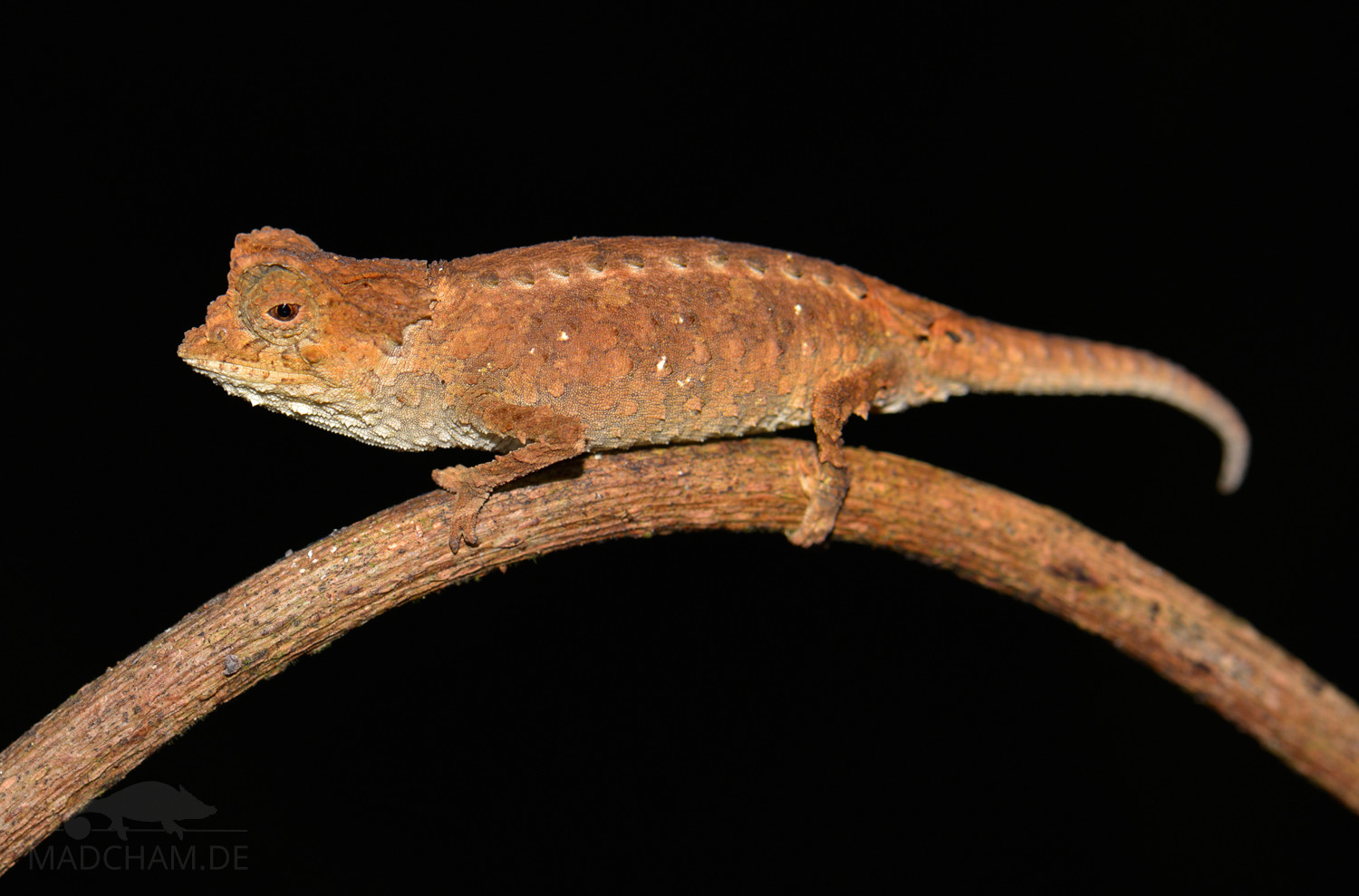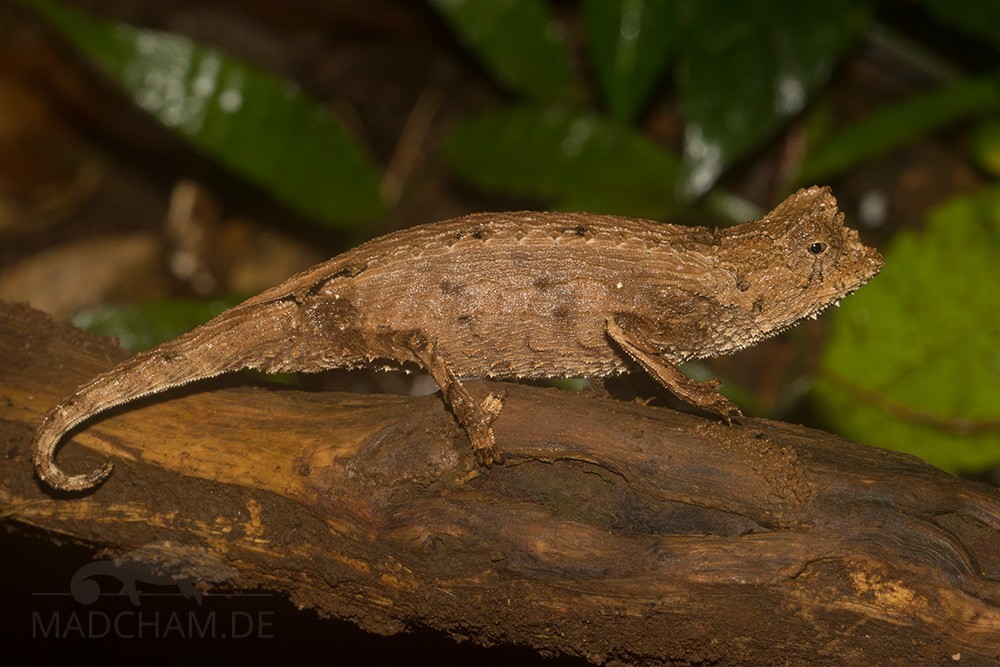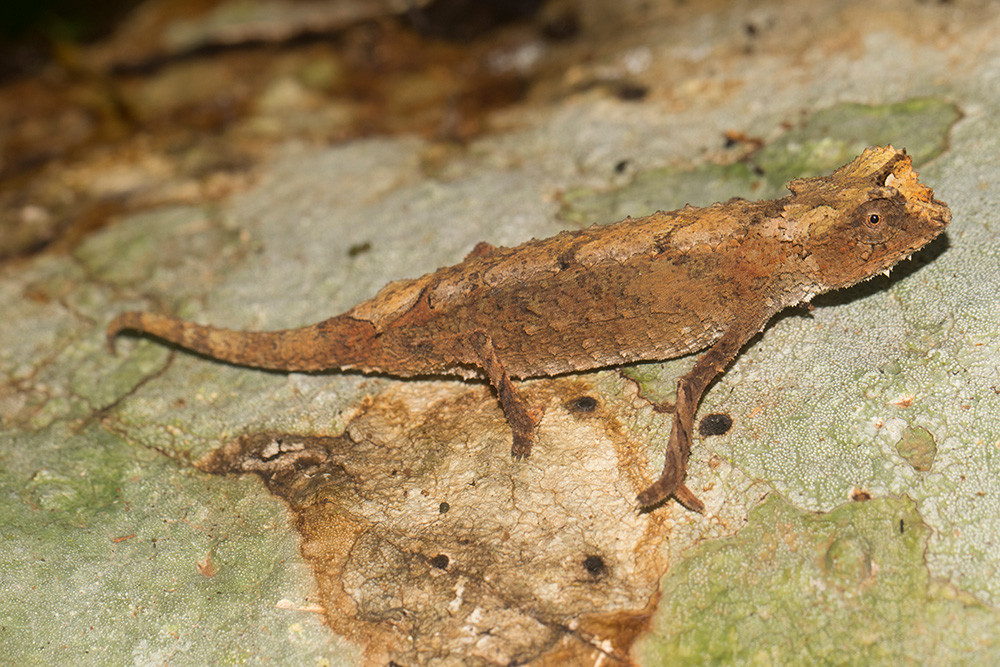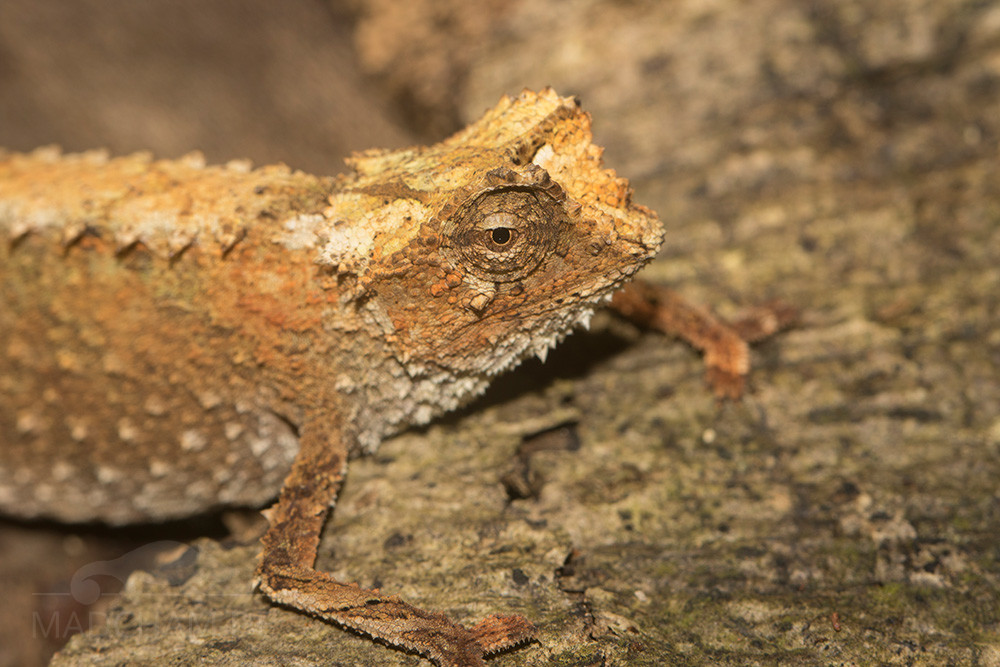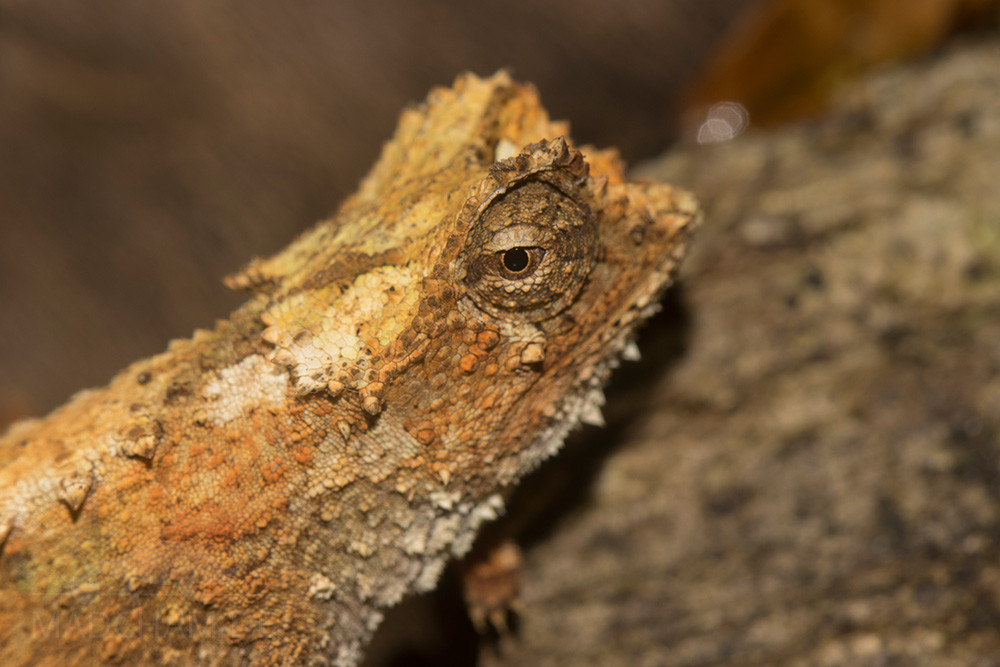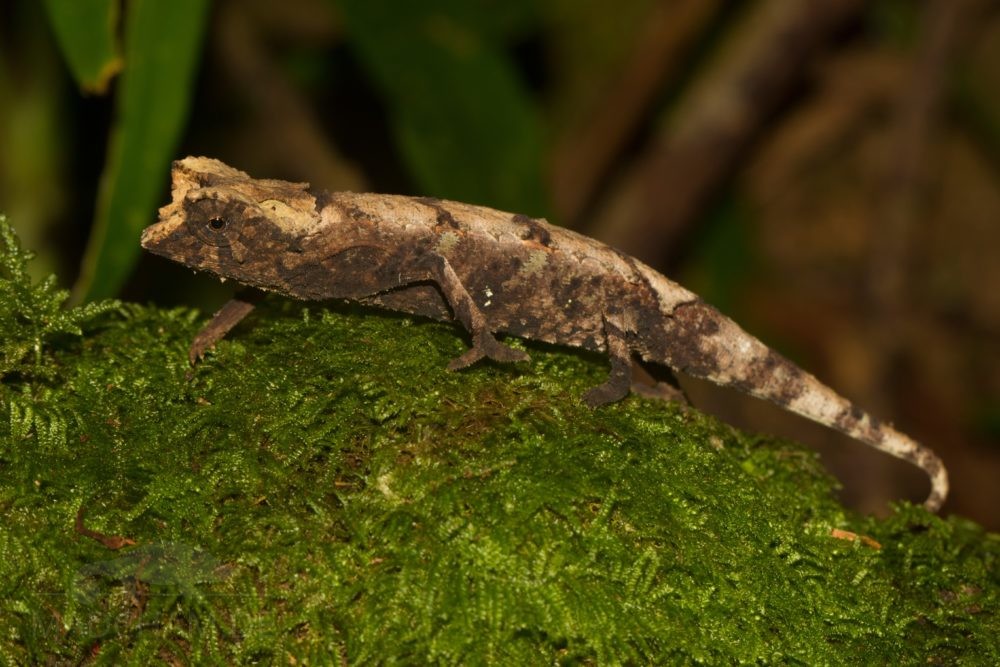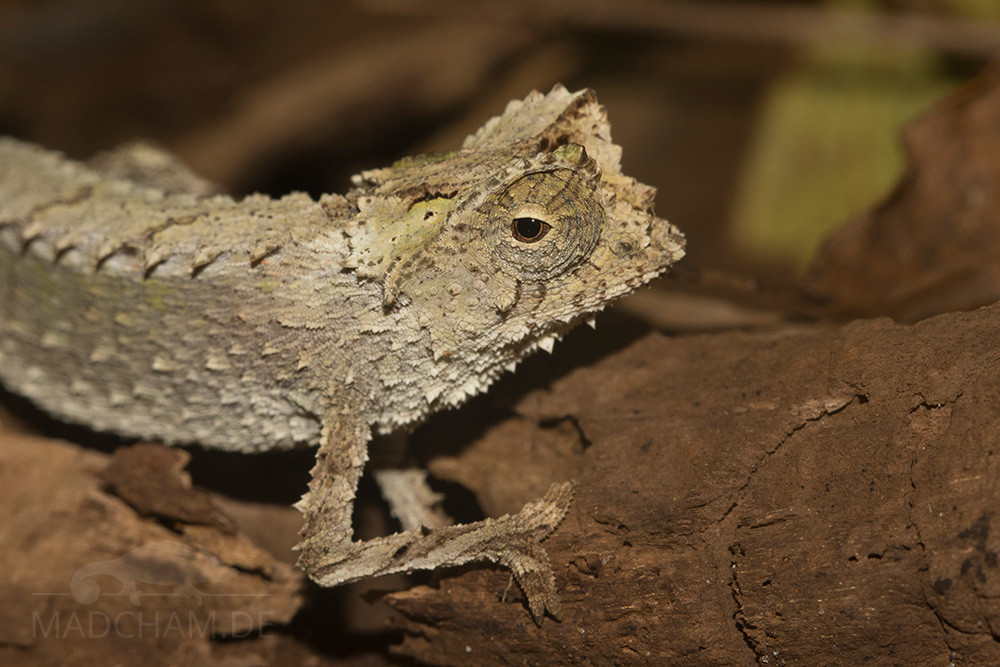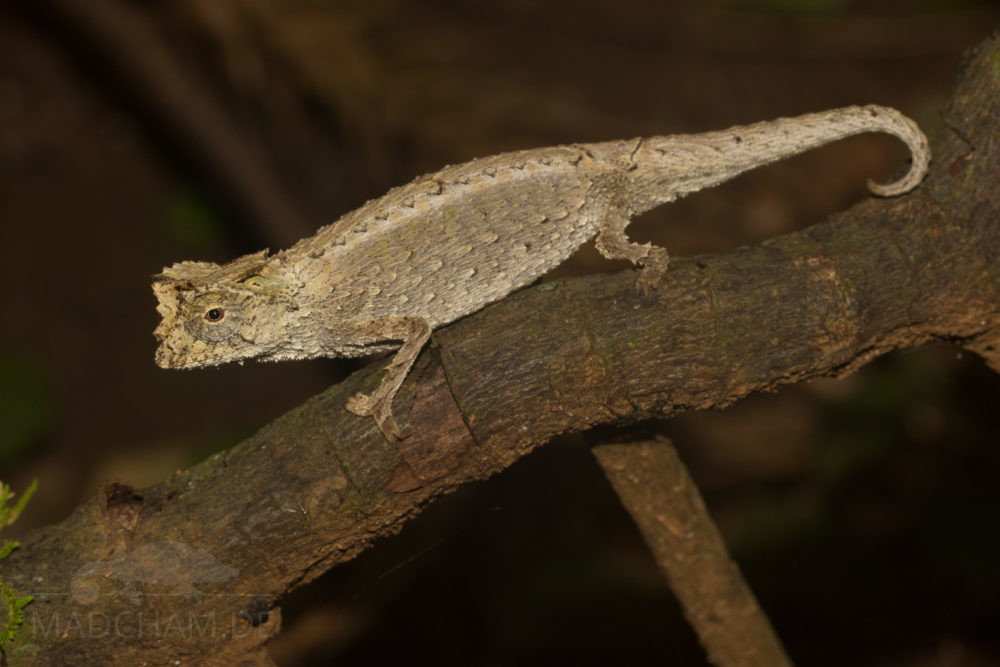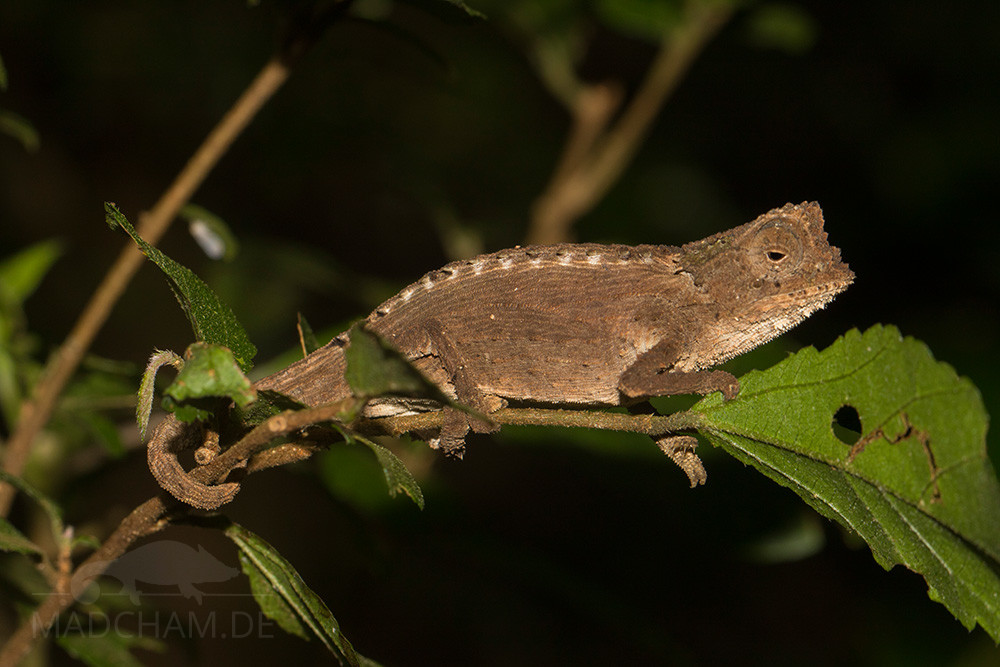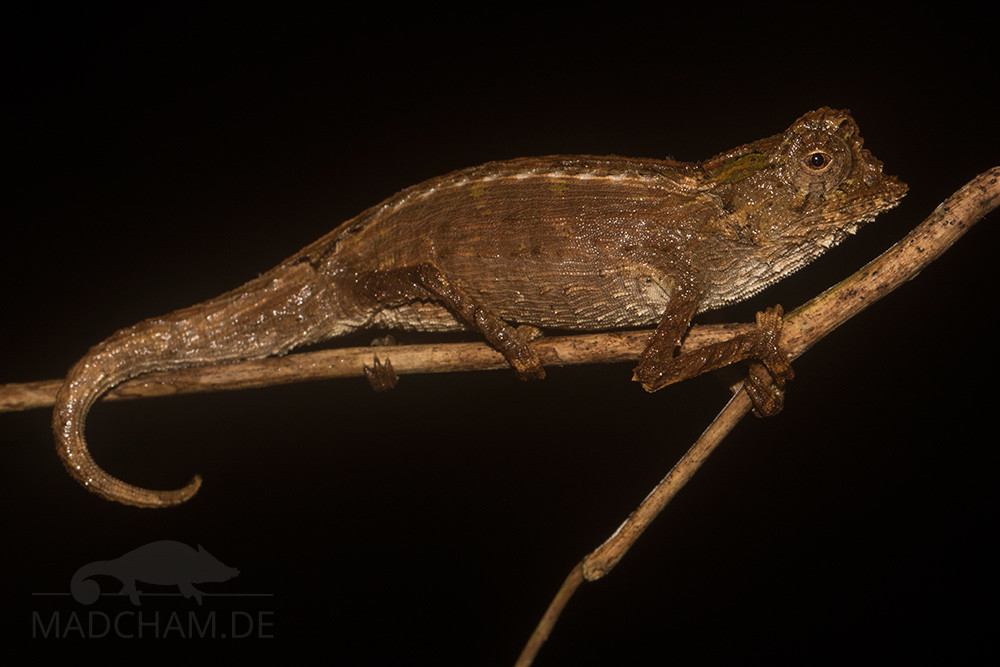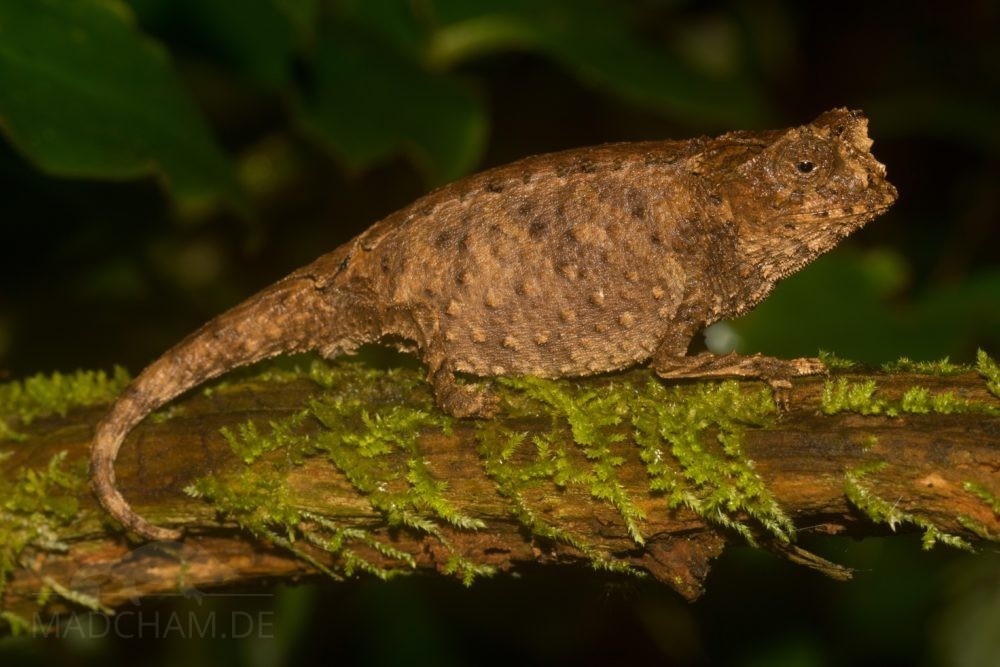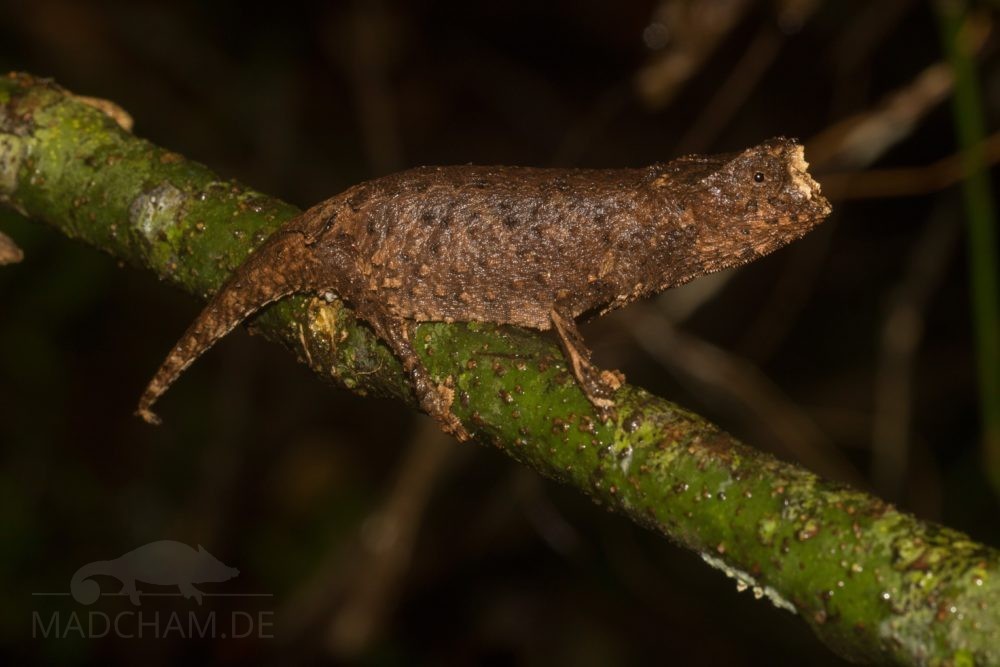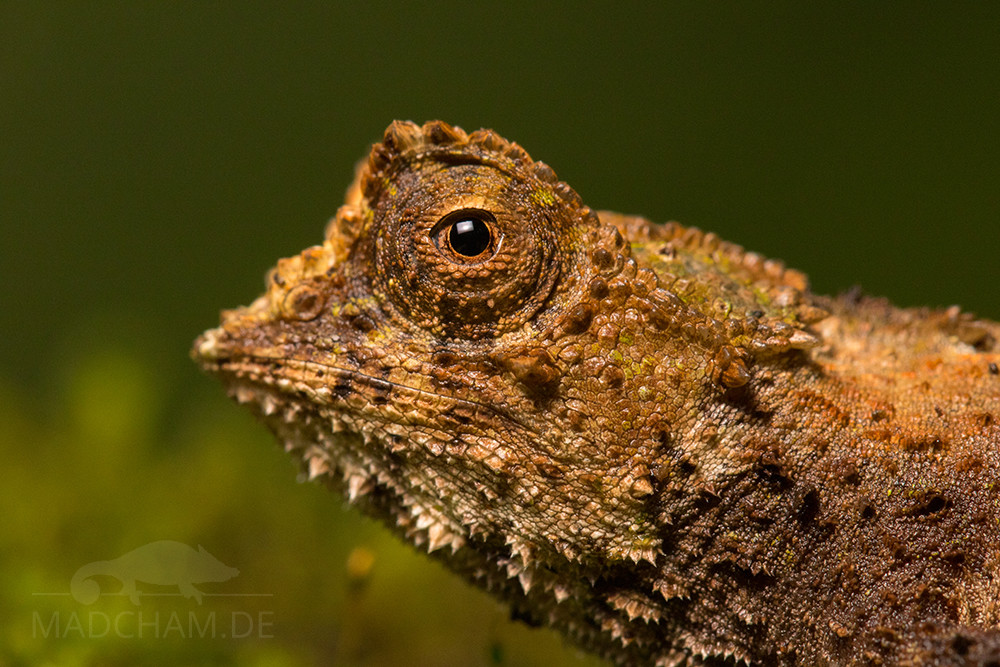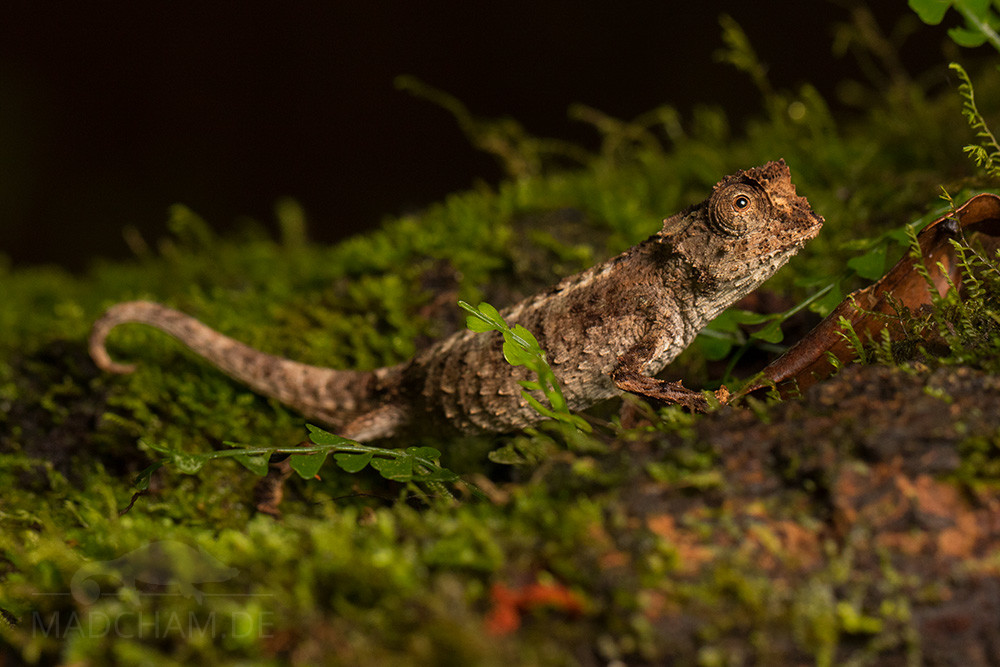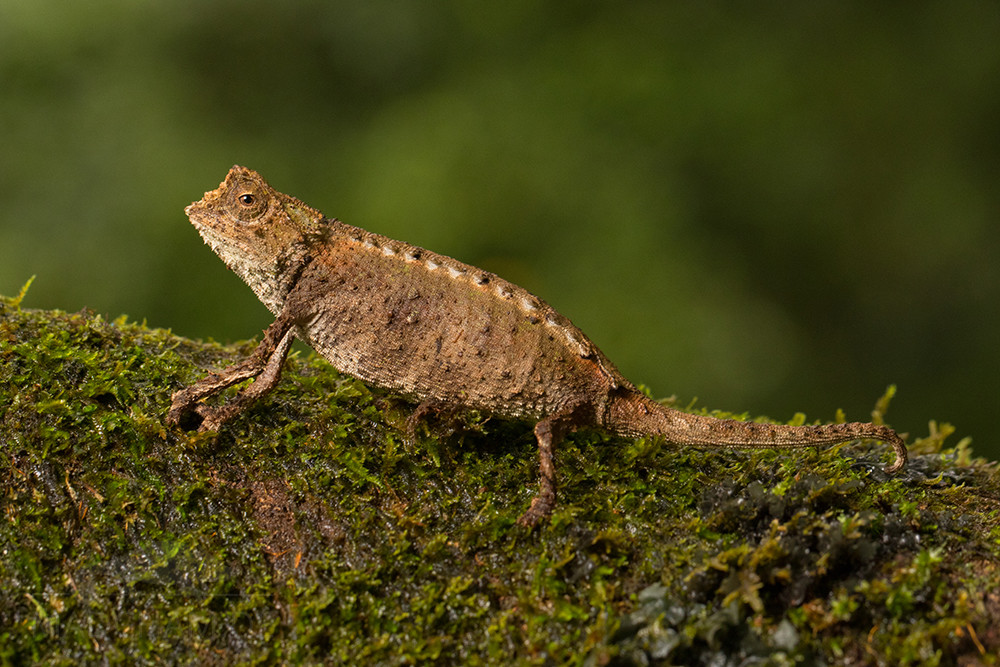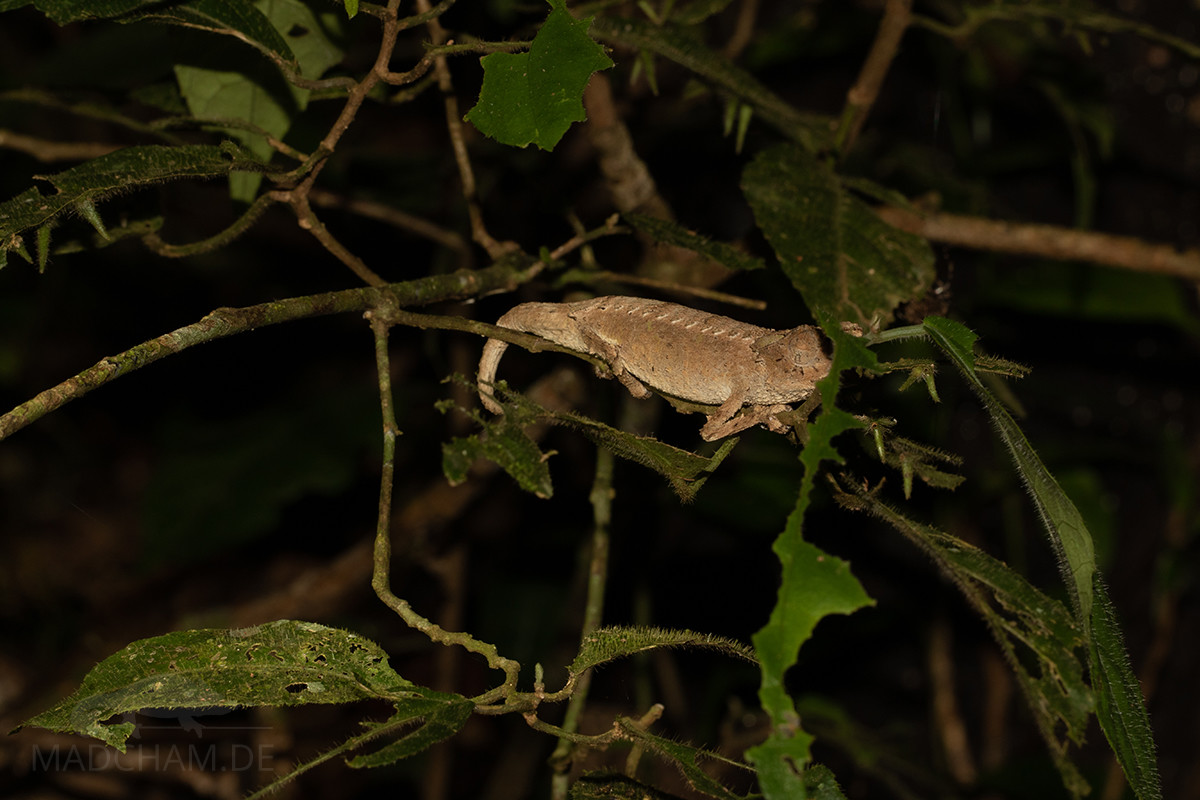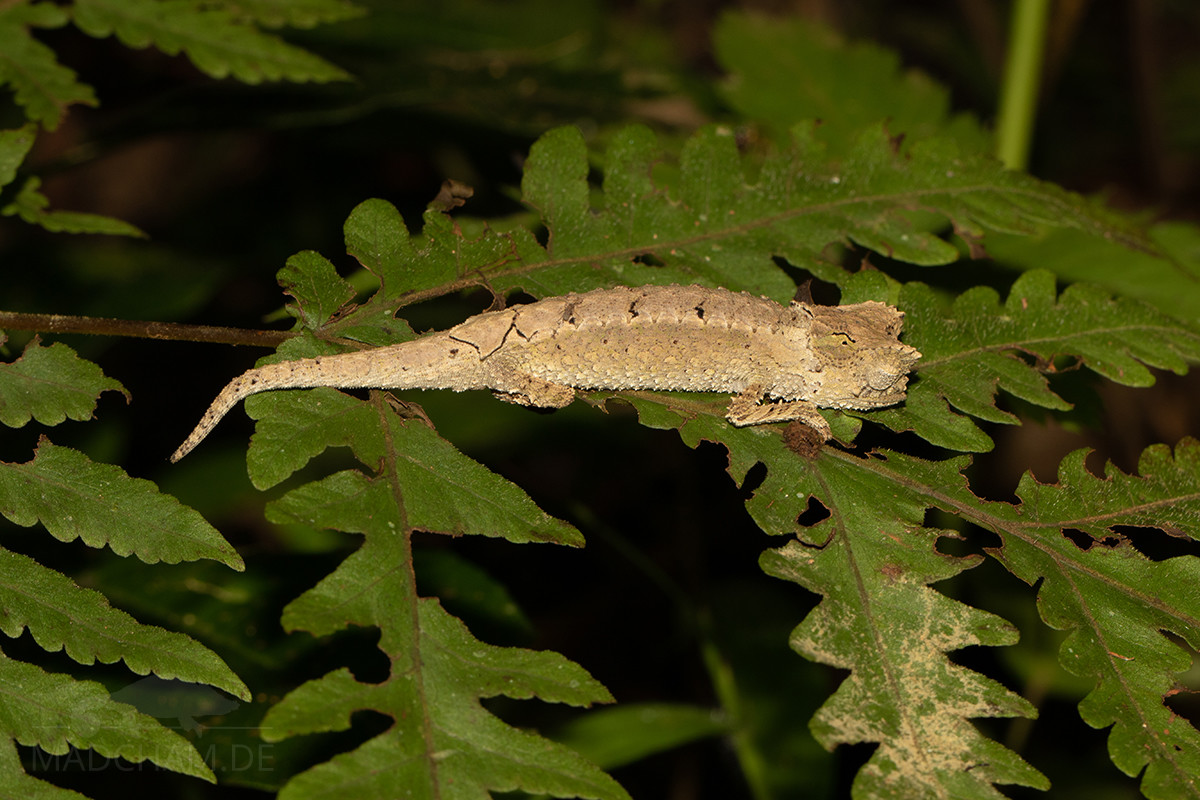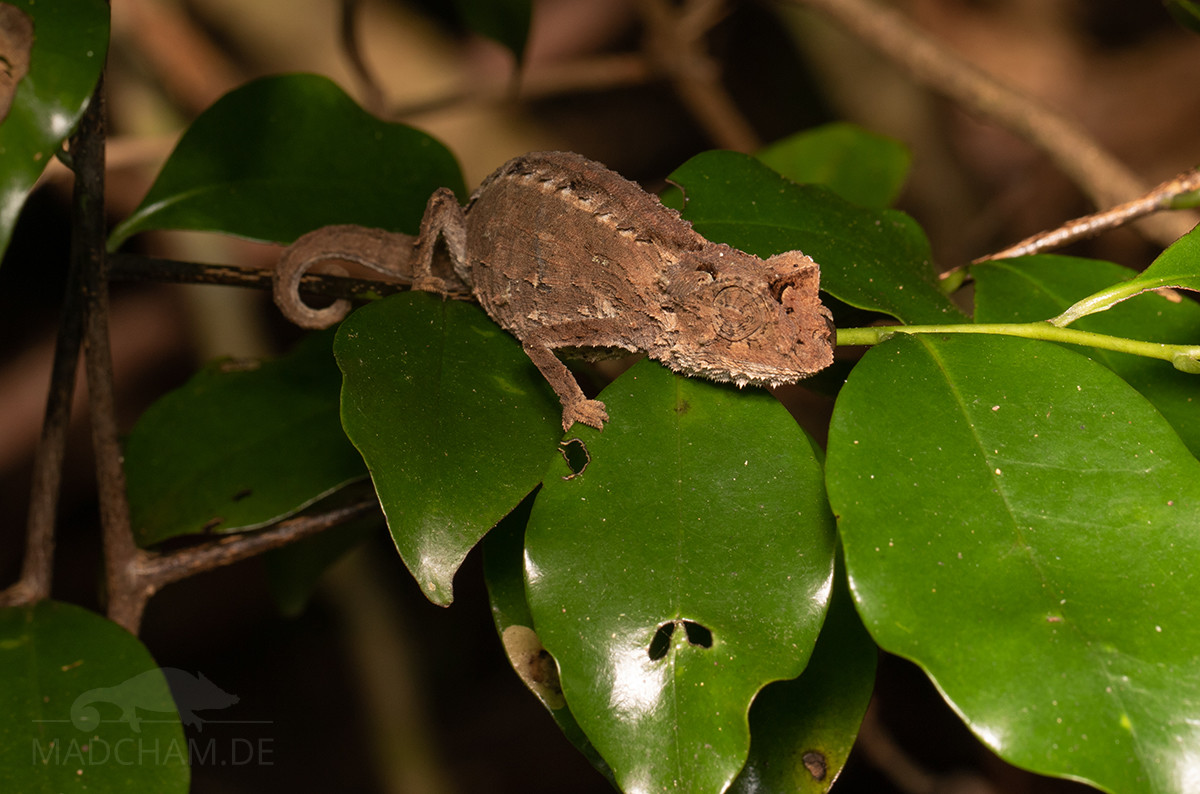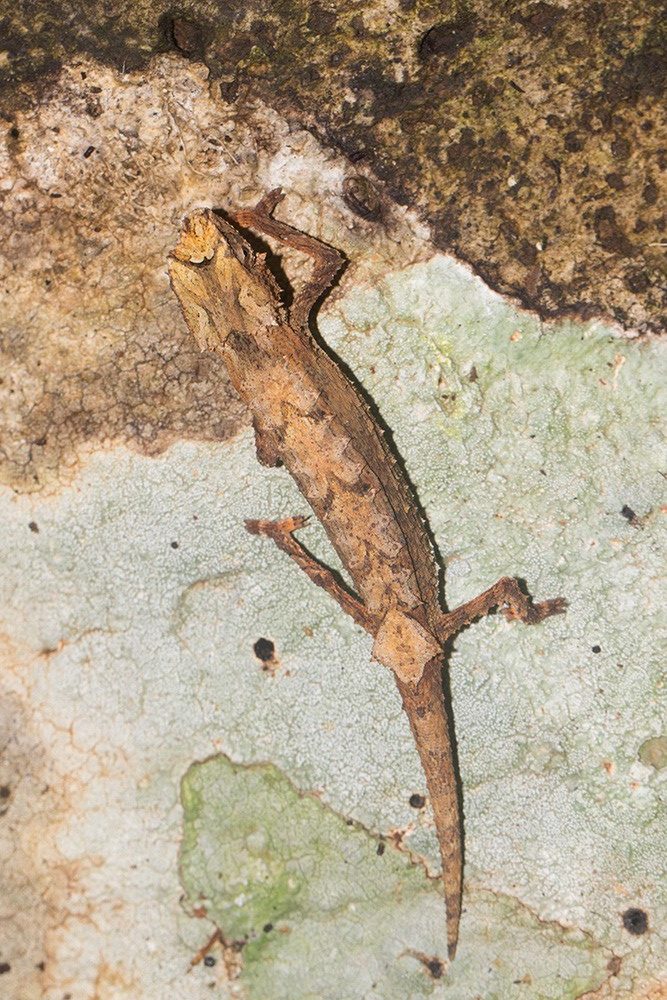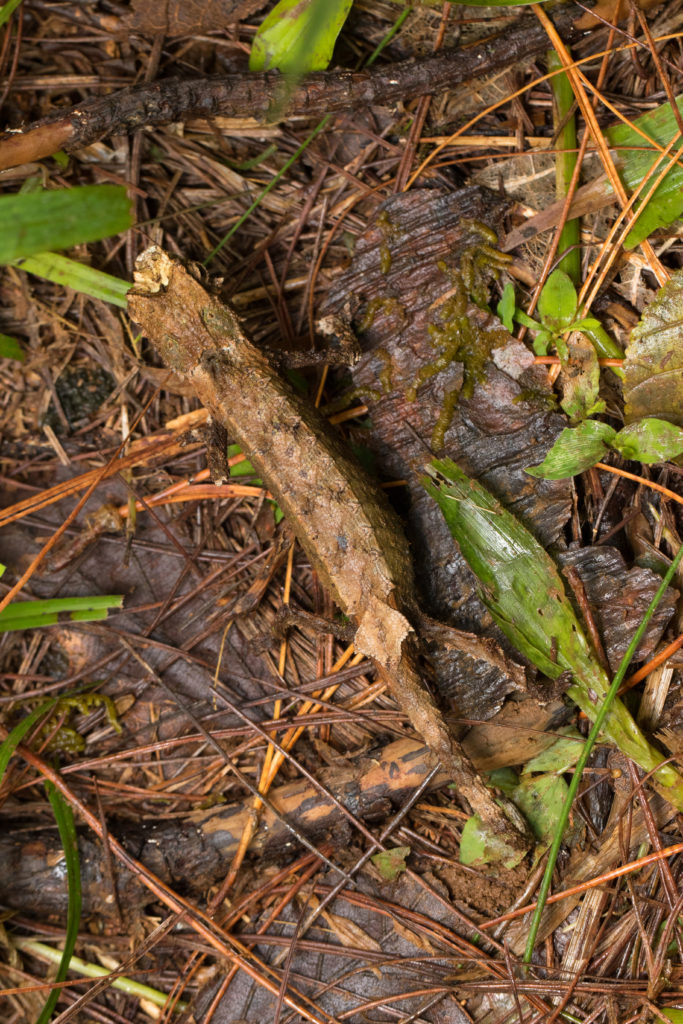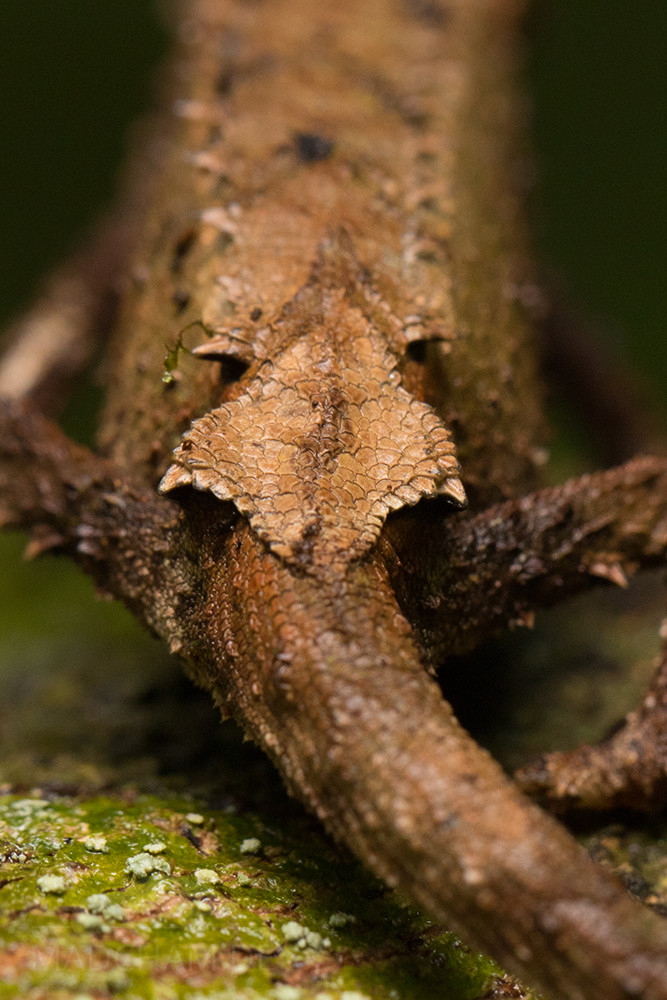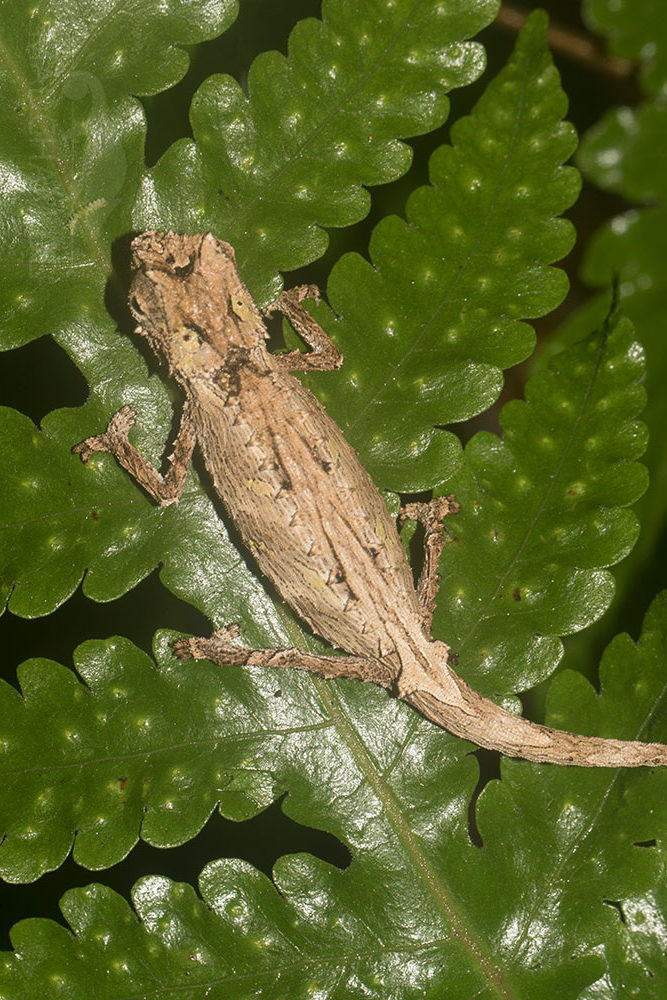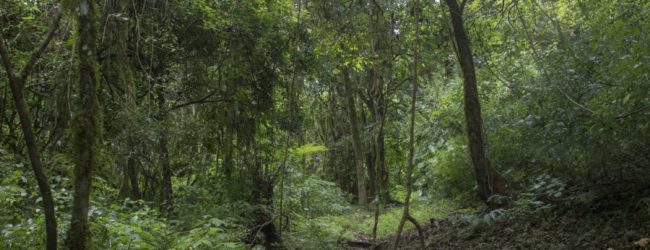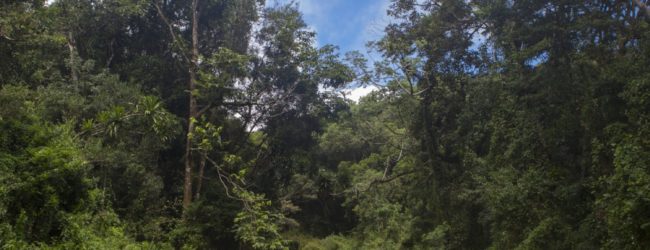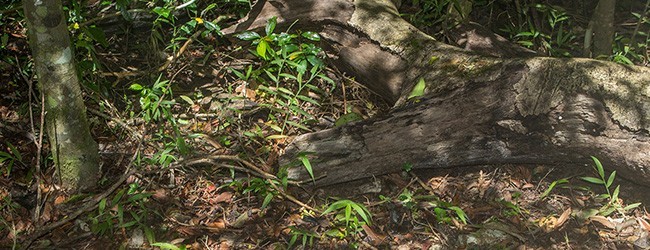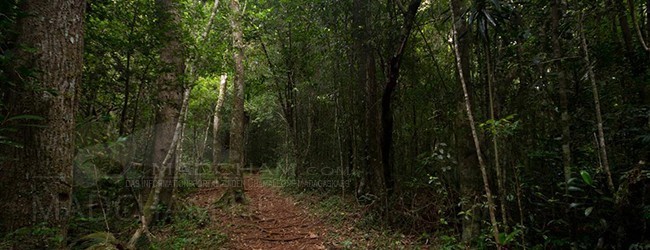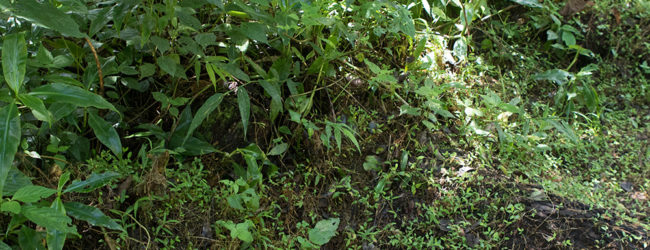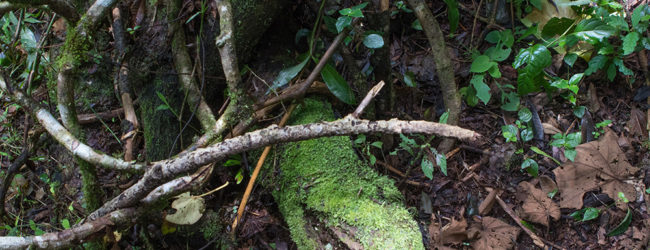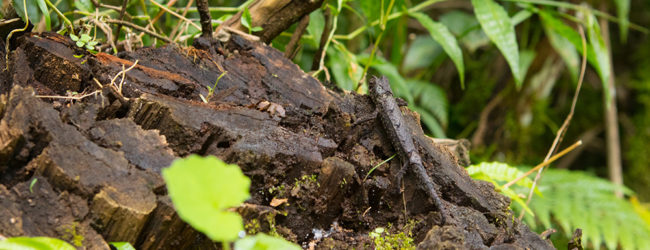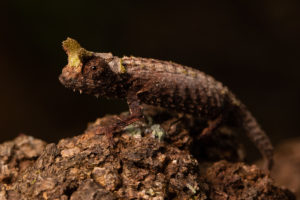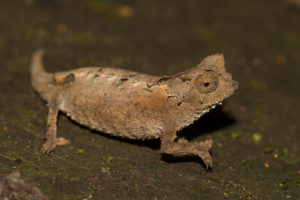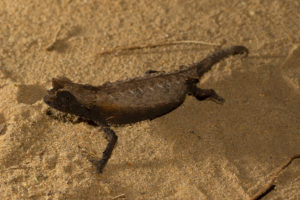no legal export possible
First description: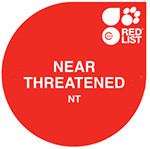
Origin of the species name:
Christopher J. Raxworthy from the American Museum of Natural History, New York (USA), and Ronald A. Nussbaum from the University of Michigan, Ann Arbor (USA), named the species after the Malagasy tribe of Antakarana, which live in the distribution region of the chameleon.
Distribution:
As the name already suggests, these chameleons exist only in northwest Madagascar, where the Antankarana tribe lives, to be more precise in Amber mountain national park. In this mountain rainforest, they climb on branches until heights of one and a half meters, especially to sleep in the night (and it’s not easy to wake them up). During the day, they can be mostly found on the ground between moss and foliage. Along with the national park’s circuits, there are some places where you can find many, many individuals of this species on a few meters.
Appearance & size:
Brookesia antakarana grows up to maximally 7 to 10 cm from the nose to the tip of the tail. They have no dorsal ridge. Brookesia antakarana has an extraordinary almost square-shaped pelvic shield, only a few specimens have a smaller, few developed pelvic shield. Along the back, they have a row of 11 to 13 latero-vertebral spines on each side that may or may not continue on the tail. Colour varies from beige to dark brown.
Good to know:
Until 2018, due to the external differences, it was thought that animals should be classified as Brookesia ambreensis or Brookesia antakarana depending on the appearance of the pelvic shield. However, in 2018 German scientists proved that it is one and the same species.
| Jan | Feb | Mar | Apr | May | Jun | Jul | Aug | Sep | Oct | Nov | Dec | |
| Average temperature | 23 | 23 | 24 | 23 | 22 | 21 | 20 | 20 | 21 | 22 | 23 | 23 |
| Minimum temperature | 19 | 19 | 19 | 19 | 18 | 16 | 15 | 15 | 16 | 17 | 18 | 19 |
| Maximum temperature | 28 | 28 | 28 | 28 | 27 | 26 | 25 | 25 | 26 | 27 | 28 | 28 |
| Rain days | 20 | 20 | 17 | 9 | 6 | 6 | 7 | 6 | 5 | 6 | 7 | 14 |
We have collected the data given above over several years with thermometers and hygrometers at the finding places of the chameleons. "Average temperature" means that values of a whole month have been calculated to one average value per month. For example all measured minimum temperature values of February have been calculated to one average minimum temperature for February. In plain language, this means single peak values of a day may be a little higher or lower than the average minimum and maximum temperatures. It is possible that a location has an average maximum temperature of 29°C, but one day during that month it had 33°C or even 35°C there.
Amber Mountain is an evergreen rainforest which extends over a mountain massif of volcanic origin at elevations between 850 and 1450 m. Due to the height, nights can become rather cold with temperature drops to 10°C.
During rainy season, day temperatures rise to 28°C, in sunny places even warmer. But the average temperature is a little lower. During rainy season, it rains every day for several hours. Simply the way it is in a rainforest. 😉 But also dry season has regular precipitation, just a little shorter. Climate in Amber Mountain is very humid all year long. During dry season, temperatures are somewhat lower with day temperatures up to 25°C.
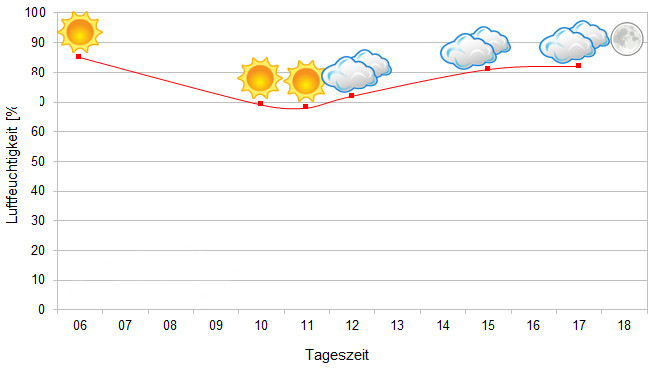
We have measured UVB data with a Solarmeter 6.5 in spring (end of April) at the peak of activity of chameleons in Madagascar. We always measured the values that a chameleon could maximally reach in its habitat.
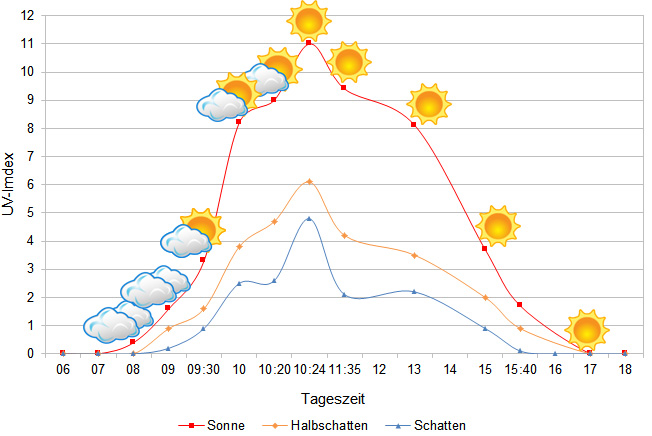
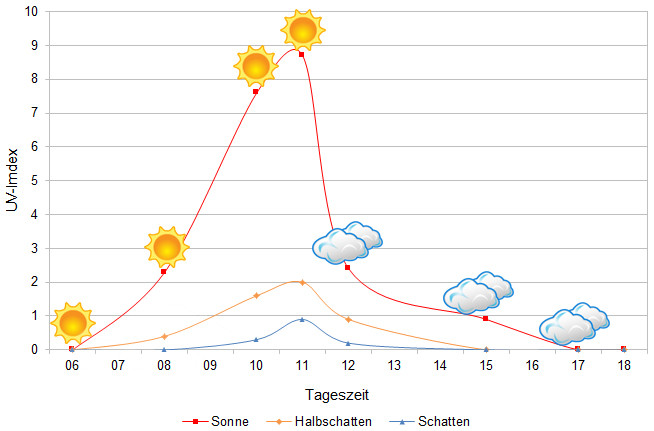
Since 2022, in addition to other climate data, we have also been measuring air pressure at the locations we visit in Madagascar. The following data is from a day during the rainy season. On the X-axis is the time of day or night. In Madagascar, the day begins around 6 am, and night falls as early as 6 pm. The Y-axis shows the atmospheric pressure in hPa.
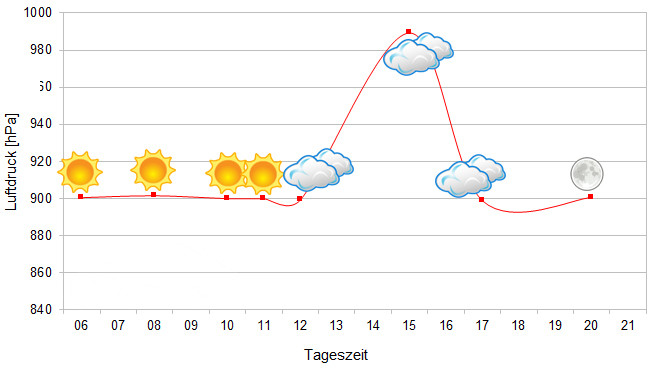
Habitat:
The following pictures show the habitat of Brookesia antakarana in Amber Mountain. Some are even from finding places of this species. Amber Mountain’s rainforest mainly consists of big, old trees with relatively dense undergrowth. Some places have mossy, rocky underground. During the daytime, you can find leaf chameleons walking around on the soil between foliage and shrubs or on fallen tree trunks. In the night they sleep on thin long twigs at knee to breast height.
Hereinafter you can find some 360° pictures from Amber Mountain that we took in 2017. You can move inside these pictures via mouse click in all directions. If you click on the Theta logo, a new window with an enlarged view will open. You will also have the opportunity to look at the pictures in full-screen mode. Enjoy!
Regenwald im Nationalpark Montagne d’Ambre, Region Diana, Nord-Madagaskar, April 2017 – Spherical Image – RICOH THETA
Regenwald im Nationalpark Montagne d’Ambre, Region Diana, Nord-Madagaskar, April 2017 – Spherical Image – RICOH THETA
Regenwald im Nationalpark Montagne d’Ambre, Region Diana, Nord-Madagaskar, April 2017 – Spherical Image – RICOH THETA
Regenwald im Nationalpark Montagne d’Ambre, Region Diana, Nord-Madagaskar, April 2017 – Spherical Image – RICOH THETA

